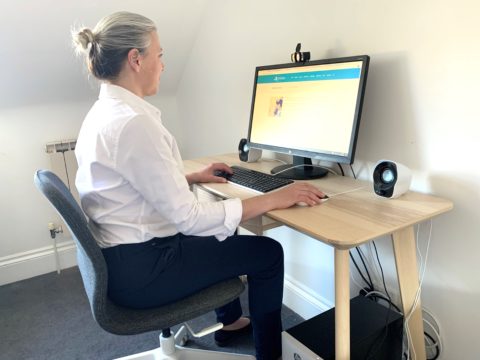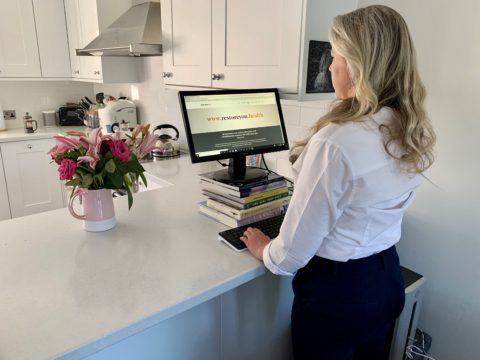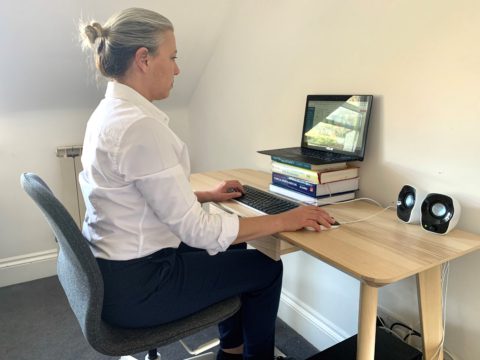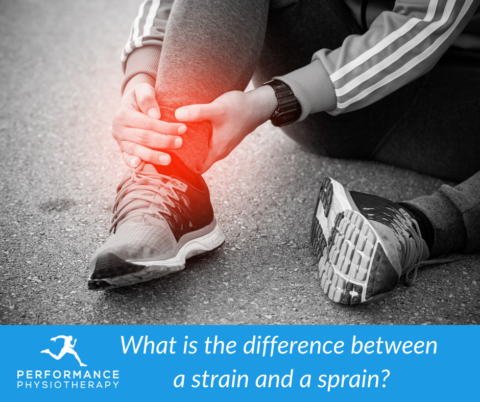We know schools will be returning soon, however this will be a phased return with elements homeschooling and home PE remaining for some time. With that in mind we thought we would put together our thoughts to help families with young, and old, children at home.
The world health organisation suggests Children and youth aged 5–17 should accumulate at least 60 minutes of moderate- to vigorous-intensity physical activity daily. Wowzer, that’s quite a lot when you’re trying to get through everything else, but, it really is crucial.
What are the benefits of physical activity for young people?
This one really is a no brainier. The evidence for exercise in young people is overwhelming!
Some of these benefits include:
- developing healthy muscular tendons and joints
- developing a healthy heart and lung’s (cardiovascular system)
- developing neuromuscular awareness (coordination and movement)
- maintaining a healthy body weight
What should they be doing?
Steady Aerobic exercise should be a mainstay throughout the week (family walks, easy cycles, gardening ect).
It is however important to increase intensity with vigorous exercise (faster paced running, cycling, games, family sports practice) and include exercise to strengthen muscles and bones (pushing, lifting and moving things), which should be added into the week around 2-3 times.
Example’s from the Frankham Clan…
Here are some examples of our family exercise with notes to show you how we incorporate the different forms of exercise:
Racket Sports against the wall
Fantastic hand eye coordination as well as body awareness moving into positions. Sensible note: Try not to hit too many balls into the neighbours house.
Pétanque with rocks
Again great hand eye coordination. Who can get their rock closest to the one ‘chosen’ rock or ‘Jack’. Sensible note: Avoid throwing over hand and no throwing rocks at your car.
Family Handstand Competition
Great closed kinetic-chain exercise weight-bearing through the arms.
See link [here] from an American athletic star on progressions of learning a handstand!
Obstacle Course
Sensible note: As a parent no doubt you’ll be roped into a race also. Make sure you can fit through any tunnel first.
Family walks, cycling/scooting
Great steady aerobic exercise. What an incredible island we have for both of these forms of exercise!
Family Beep-test
Good example of high-intensity exercise.
Sensible note: don’t let your children thrash you.
Lifting and moving and shifting
It’s really important to incorporate some elements of strength into your children’s lifestyles.
Let’s face it, there is a lot of things around the house where these young people can help. Remember not to overburden them with too much weight, however you will be surprised at the healthy lifting pushing and moving they can do.
We hope this has given you some great ideas to incorporate healthy exercise (steady aerobic, vigorous, balance and strength) in the remaining time you have with your kids at home. We would love to hear your stories of the exercise you have created during this homeschooling period.
Blog post written by:
Paul Frankham
PGDipHSc, BHSc Phys, MCSP
Performance Physiotherapy


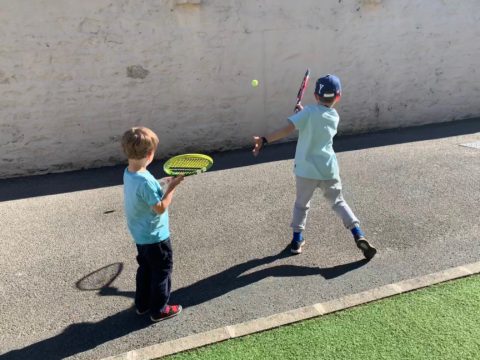
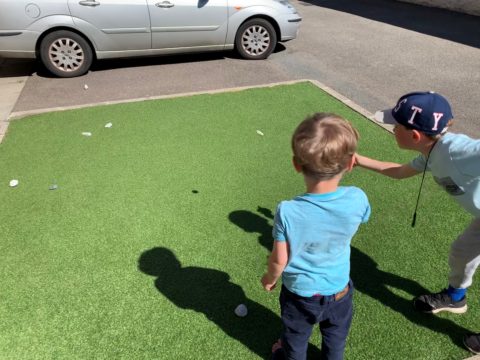
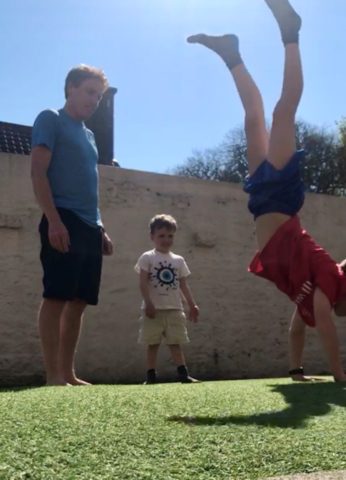
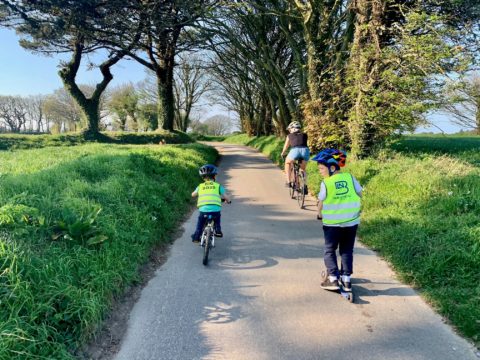
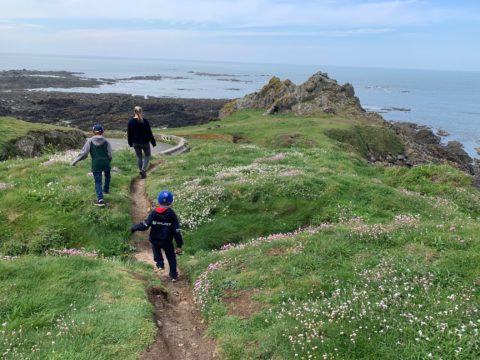
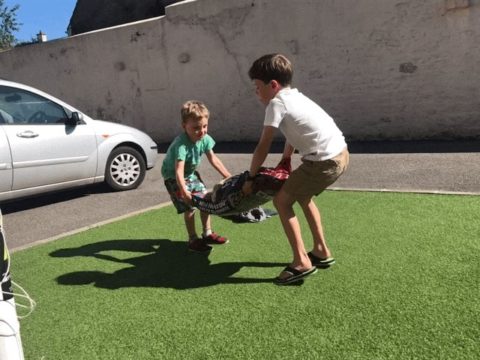



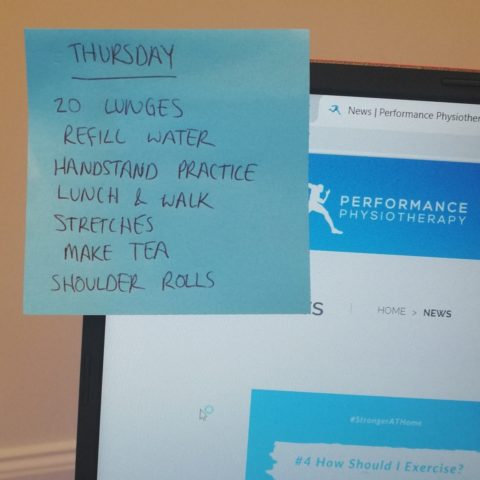
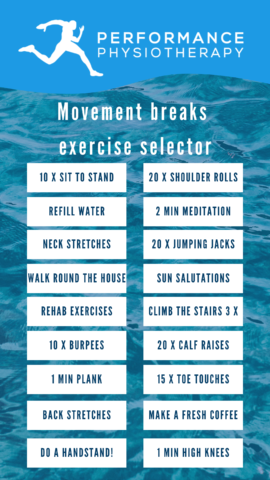


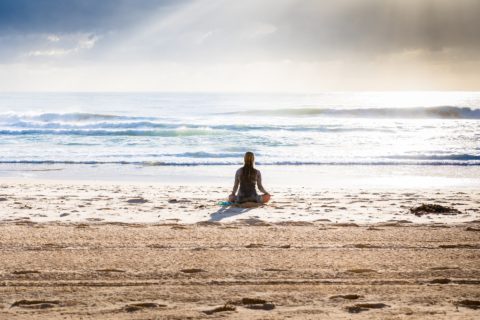


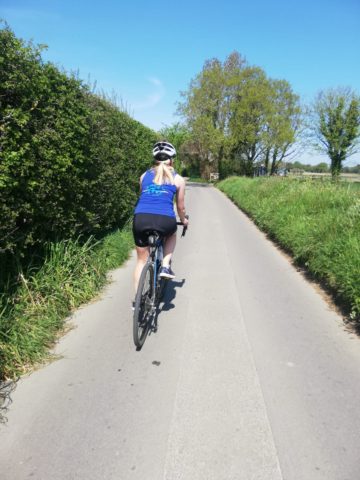




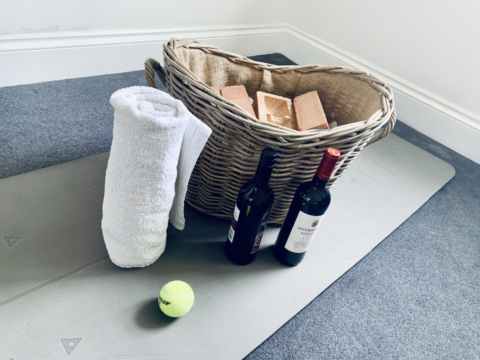

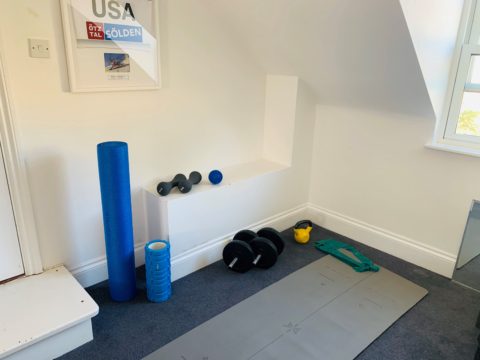 Home work-out area
Home work-out area